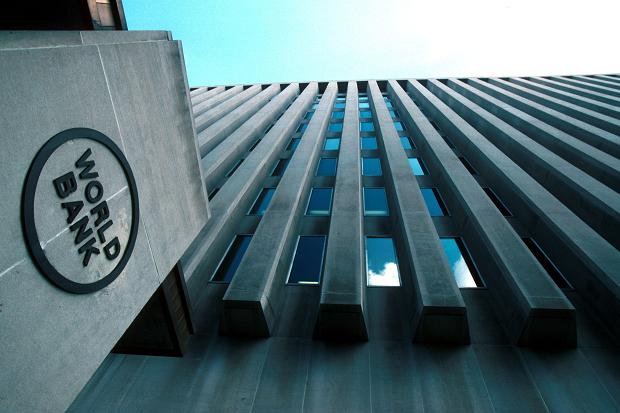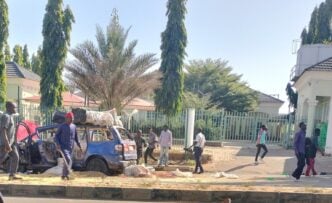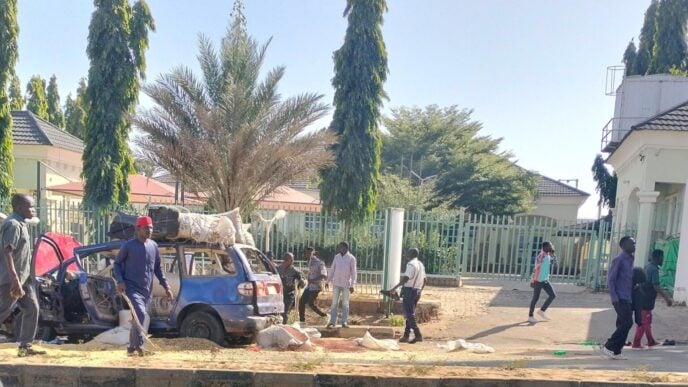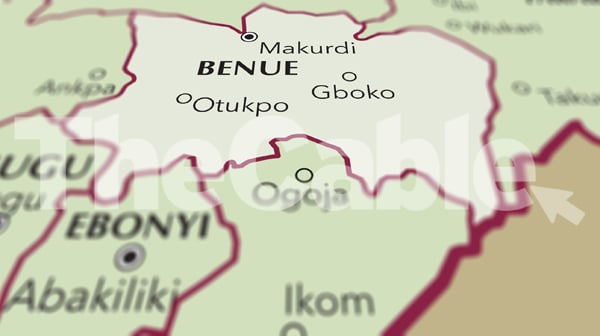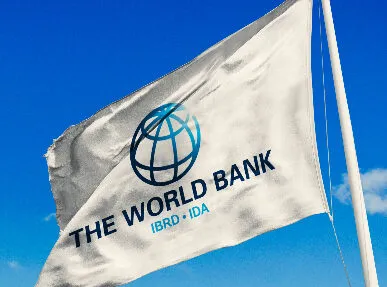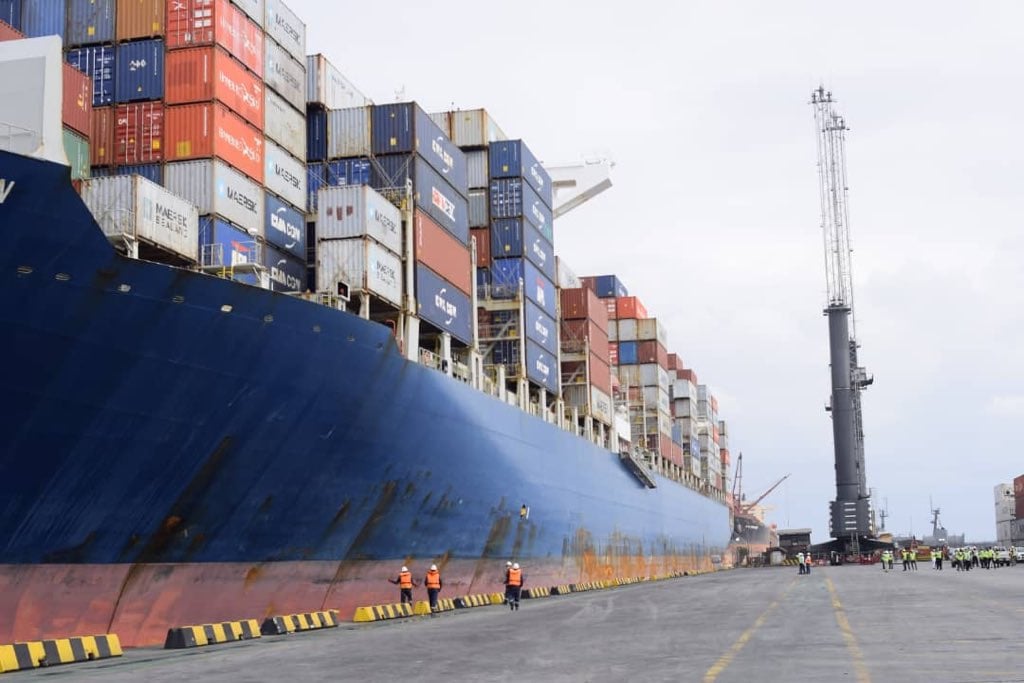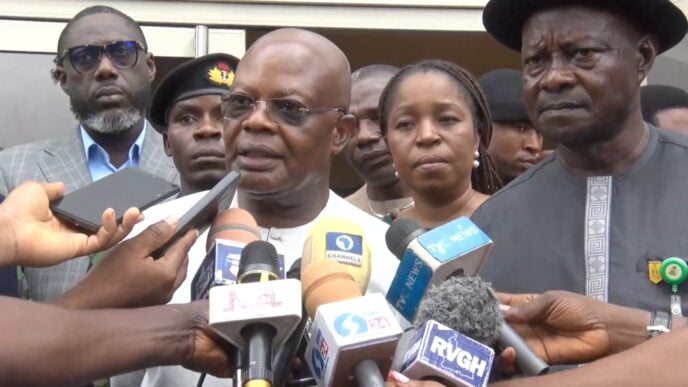
The World Bank Group says more Nigerians will sink into poverty by 2027 — despite the country’s resource-rich status.
The World Bank spoke on Thursday in its Africa Pulse report released at the ongoing Spring Meetings of the International Monetary Fund (IMF) and the World Bank in Washington DC, the United States.
This comes almost a year after Wale Edun, the minister of finance, claimed that Nigeria was “on track to lift many Nigerians out of poverty”.
Advertisement
In 2024, the global body said more than half of Nigeria’s population lived in poverty.
According to the report, sub-Saharan Africa has the highest extreme poverty rate globally, with a large share of the poor concentrated in a few countries.
The institution said about 80 percent of the world’s estimated 695 million extreme poor resided in the region in 2024, compared to 8 percent in South Asia, 2 percent in East Asia and the Pacific, 5 percent in the Middle East and North Africa, and 3 percent in Latin America and the Caribbean.
Advertisement
“Within Sub-Saharan Africa, half of the 560 million extreme poor in 2024 resided in four countries,” the report reads.
Specifically for Nigeria and Democratic Republic of Congo (listed among resource-rich, fragile countries), the organisation said “poverty is expected to increase by 3.6 percentage points over 2022 to 2027”.
The report noted that resource-rich nations are the only group in the region with increasing poverty rates.
“This follows a well-established pattern, whereby resource wealth combined with fragility or conflict is associated with the highest poverty rates—an average poverty rate of 46 percent in 2024, 13 percentage points above non-fragile, resource-rich countries,” the bank said.
Advertisement
“Meanwhile, non-resource-rich, non-fragile countries saw the biggest gains in poverty reduction since 2000 and fully closed the gap in poverty with other non-resource-rich countries by 2010.”
This group of countries, according to the report, are expected to continue reducing poverty faster than resource-rich countries, due to higher prices of agricultural commodities.
In contrast, the report said resource-rich countries are not expected to grow at the same rate given decelerating oil prices.
“As a result, resource-rich countries are expected to see less progress in terms of poverty reduction,” the World Bank added.
Advertisement
‘URBANISATION MAY ACCELERATE POVERTY REDUCTION’
The Group said while most of the population of Africa and its highest levels of poverty are found in rural areas, rapid urbanisation could accelerate poverty reduction “under the right conditions”.
Advertisement
The bank disclosed that between 2010 and 2019, poverty reduction was primarily driven by urbanisation rather than significant decreases in poverty within rural or urban areas.
“In 2020, only 41 percent of the continent was urbanized, but the urban population is projected to grow by over 238 million by 2035, surpassing the rural population,” the report said.
Advertisement
“This rapid growth presents opportunities for the rural poor seeking to improve their livelihoods through migration.”
The bank, however, stressed that the success of the transition would depend on the ability of urban areas to provide the necessary infrastructure, services, and employment opportunities to support the increased population.
Advertisement

